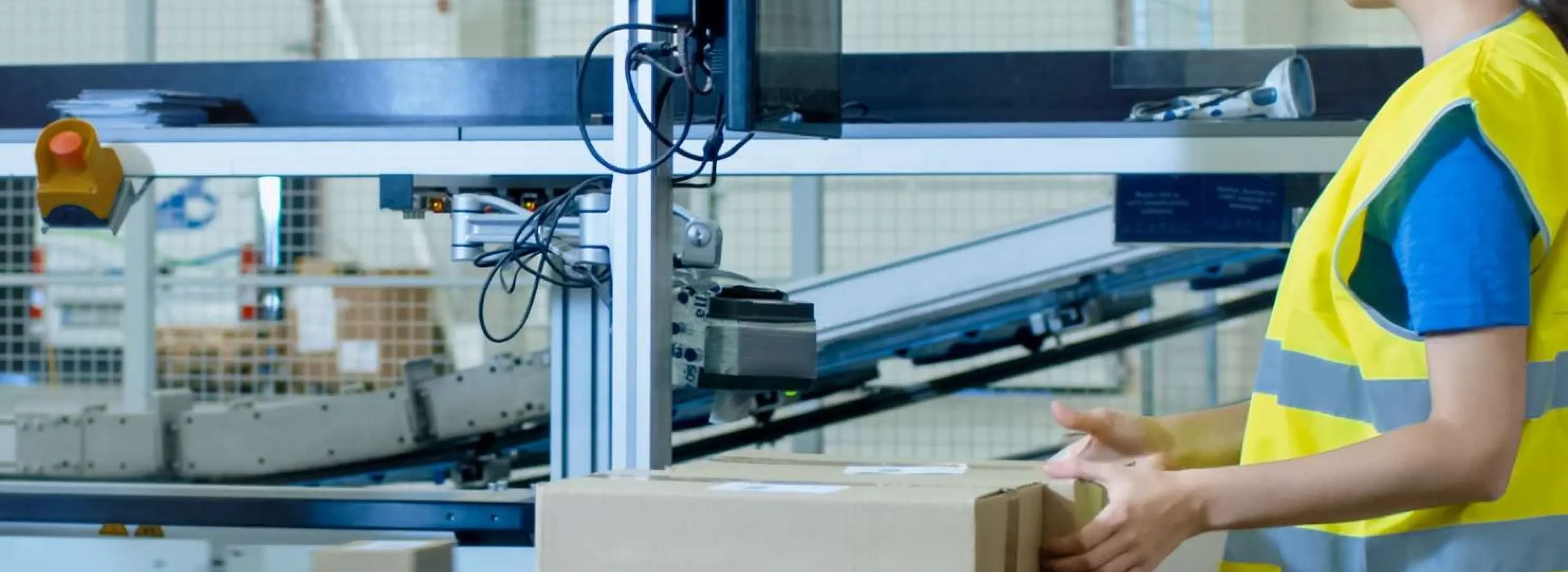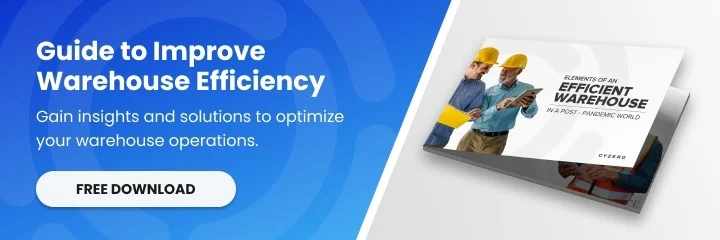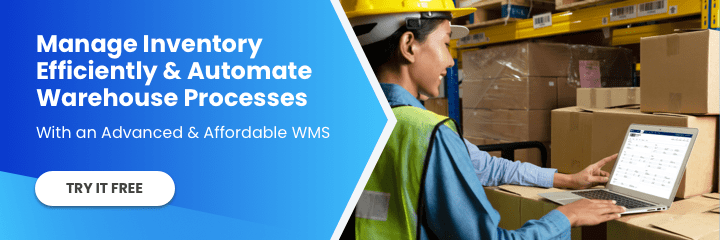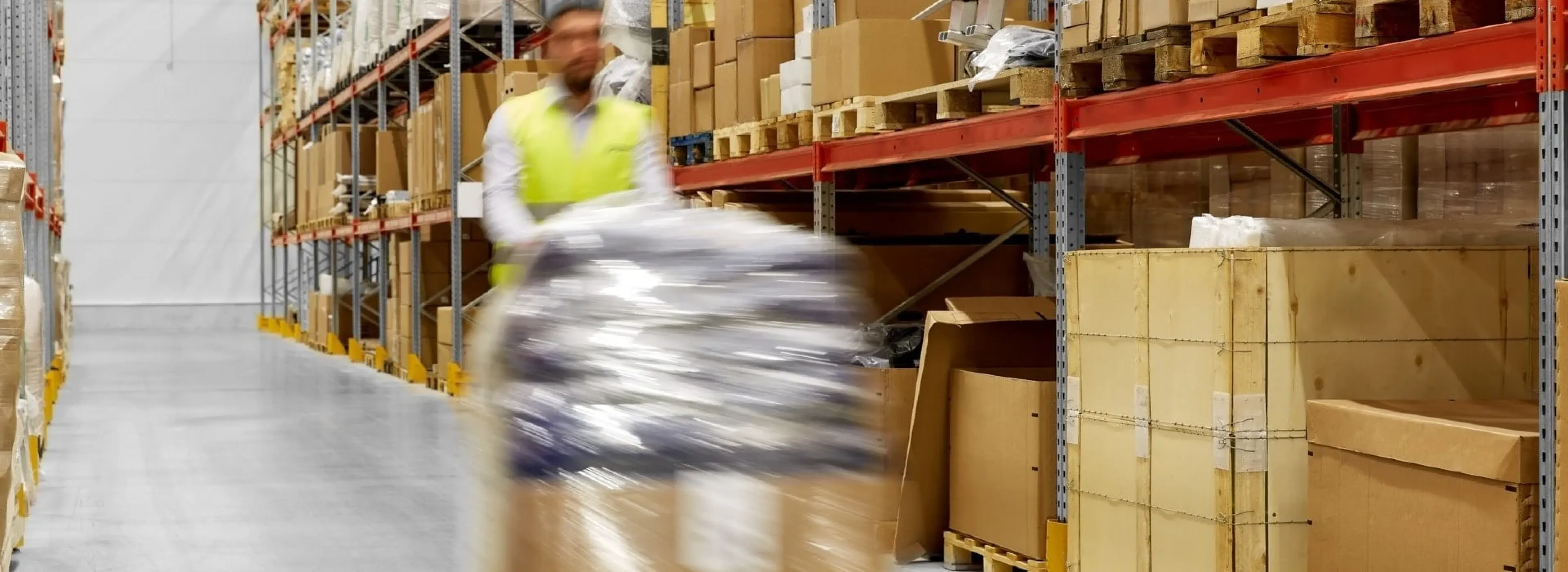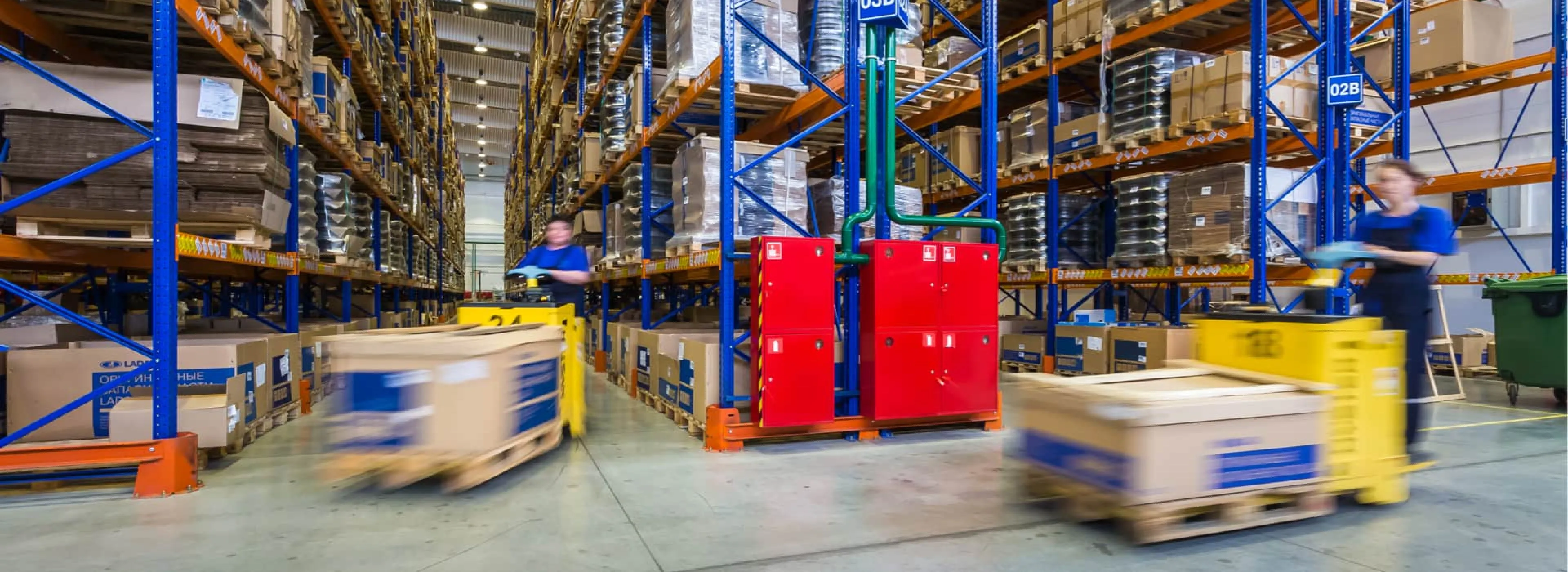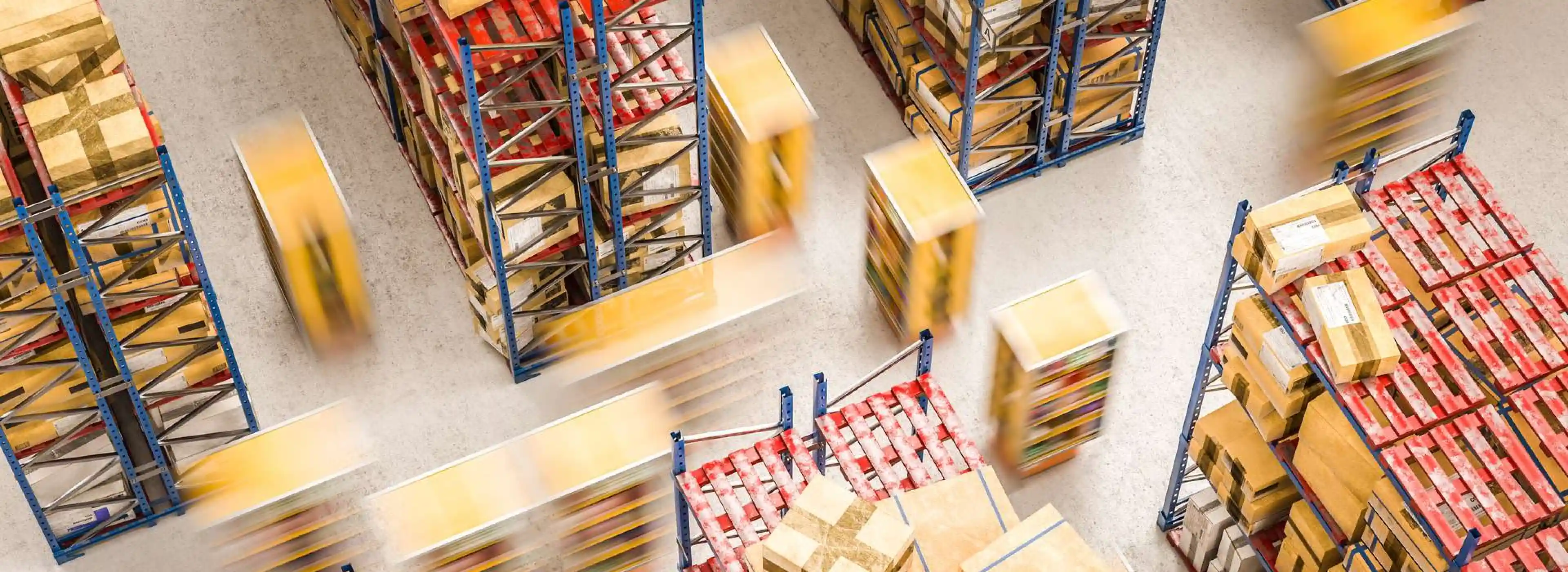Parcel dimensioners have revolutionized measurements in the warehouse industry. A parcel dimensioning system can calculate weight, measure dimensions, and capture images of parcels more accurately and quickly than any manual process. But before investing in a parcel dimensioner, you need to be aware of some aspects to consider. These aspects will allow you to purchase the right parcel dimensioner that will provide the most efficiency to your warehouse.
Click Here: Automate Your Dimensioning Process & Integrate the Best Dimensioners With Your Warehouse
This article will help you understand eight factors to consider when adopting a parcel dimensioner. But first, let’s learn what a parcel dimensioner is and its importance.
What Is a Parcel Dimensioner?
A parcel dimensioner is a technology that enables warehouses to automate the parcel dimensioning process. It uses 3D sensor dimensioning technology and high-definition cameras to calculate weight, measure length, width, and height, and capture images of a three-dimensional or irregular-shaped parcel.
To learn more about how a parcel dimensioner works and the comparison of a semi-automatic versus manual process, watch this video: https://youtu.be/0lH2ZofOUUs
Importance of a Parcel Dimensioner
The manual process of measuring the dimensions of a parcel, calculating weight, taking photos, and uploading the data into a system is time-consuming. Moreover, this manual process is prone to human errors. Adopting a parcel dimensioner automates the time-consuming parcel dimensioning process and eliminates human errors effectively. It helps you:
- Increase efficiency
- Boost revenue
- Increase profit
- Improve cartonization
- Assists capacity planning
- Simplify slotting
Let’s take a look at eight factors to consider before adopting a parcel dimensioner.
8 Factors to Consider Before Adopting a Parcel Dimensioner
1. Type of Parcels You’ll Measure
Before adopting a parcel dimensioner, you must consider the type of parcels you will measure. Do your parcels have cubic shapes, irregular shapes, or both? Are your parcels packed in shrink wrap, foil-sealed bags, or shock-mounted? Some parcel dimensioners find it difficult to measure reflective materials such as shiny shrink wrap. These details will help your vendor identify the ideal parcel dimensioner to accurately measure your parcels.
2. Information Required
When considering a parcel dimensioner, you must identify the information you want to collect. Do you want to measure dimensions (length, width, and depth) and weight? Do you want your parcel dimensioner to capture images of your parcels as proof of their condition? This information will tell your vendor the type of sensors and the number of cameras you’ll need in your parcel dimensioner.
3. Minimum and Maximum Dimensions
Like any measuring scale, parcel dimensioners also have dimension ranges. They have limitations in the effective size range and cannot measure every parcel size. So, before adopting a parcel dimensioner, it is essential to collect the data on the parcel sizes you have processed over the past few months. Identifying the dimensioning range can help your vendor determine the right parcel dimensioner.
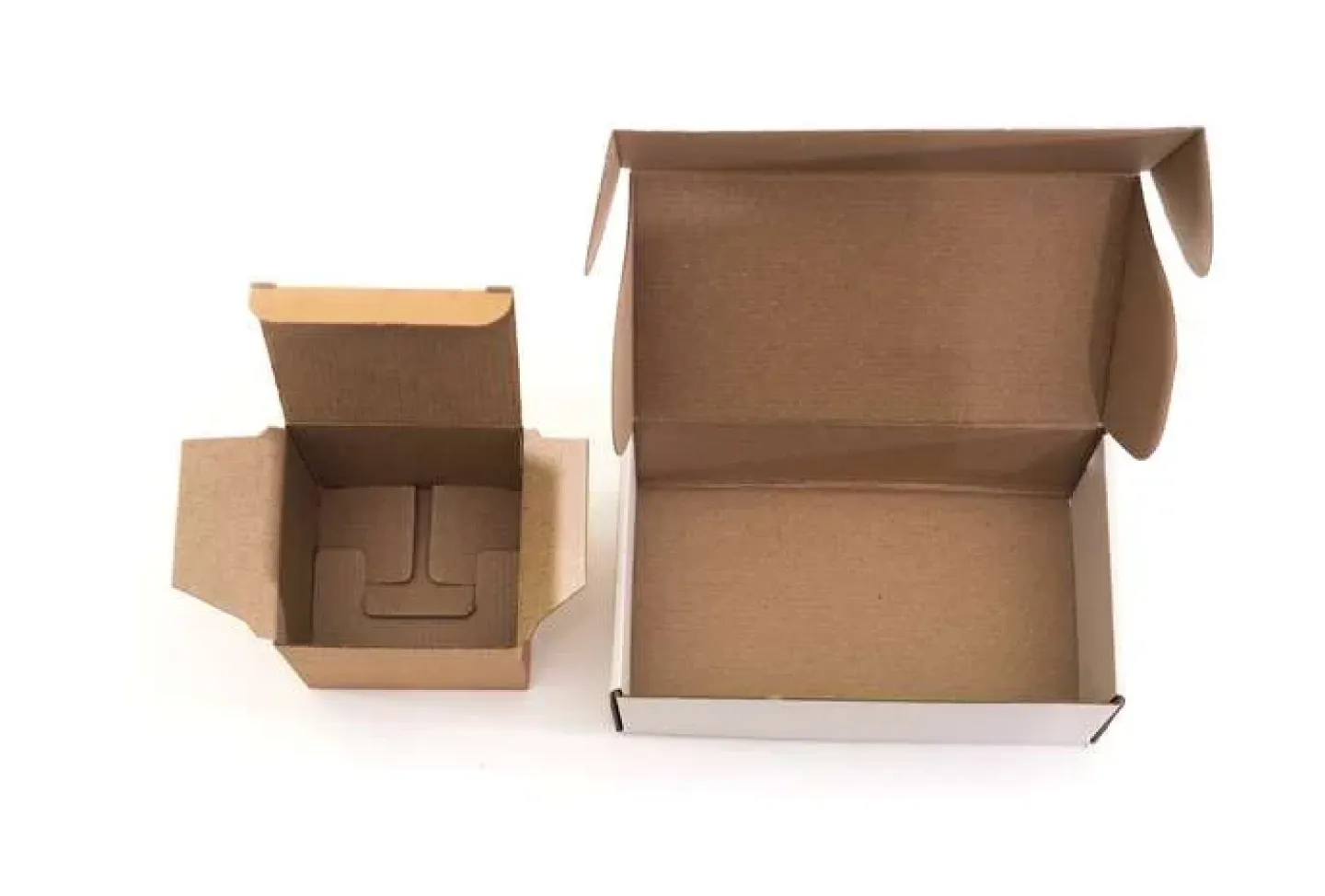
4. Processing Speed
Processing speed is another factor to consider before adopting a parcel dimensioner. It is measured in how much time a dimensioner takes to complete the process, including measuring dimensions and weight and capturing images of a parcel. The average processing speed for a fully automated parcel dimensioning system is between 3 and 6 seconds.
Although most parcel dimensioners process much faster than humans, it is essential to compare the system’s speed with other dimensioners. Picking the right one will help you achieve the most streamlined parcel dimensioning process, so your employees can be more productive or have time to execute other tasks.
5. Accuracy Limit
Every parcel dimensioner has an accuracy limit that depends on several factors, such as the technology used and the shape of the parcels. Every technology (infrared, laser, 3D scanners, etc.) used in the parcel dimensioning system inherits some limitations that define the system’s accuracy.
Laser dimensioners give the most accurate results of all the technologies used in parcel dimensioners. However, they are expensive. Infrared sensors come next to laser dimensioners in terms of accuracy. 3D scanners are the most cost-effective option, but they are less accurate. You’ll need to choose the right technology that meets the acceptable accuracy; usually, it is ± 0.2″ for cube-shaped parcels and ± 0.5″ for irregular-shaped parcels.
6. Integration with Existing Systems
When adopting a parcel dimensioner, you should consider its integration with your existing system. Most parcel dimensioners have a built-in interface, providing a stand-alone solution that doesn’t require integration with TMS, WMS, or ERP. However, adopting a parcel dimensioner that can integrate with the TMS, WMS, or ERP increases operational efficiency. Always discuss the integration option with your vendor to achieve maximum warehouse efficiency.
7. Installation Location
Every parcel dimensioner needs a minimum clear space underneath the unit, known as the measurement zone, to accurately measure parcels. Installing your parcel dimensioner at the right location can improve warehouse efficiency and help you reduce errors. So, always consider the available space in your warehouse before you plan to adopt a parcel dimensioner.
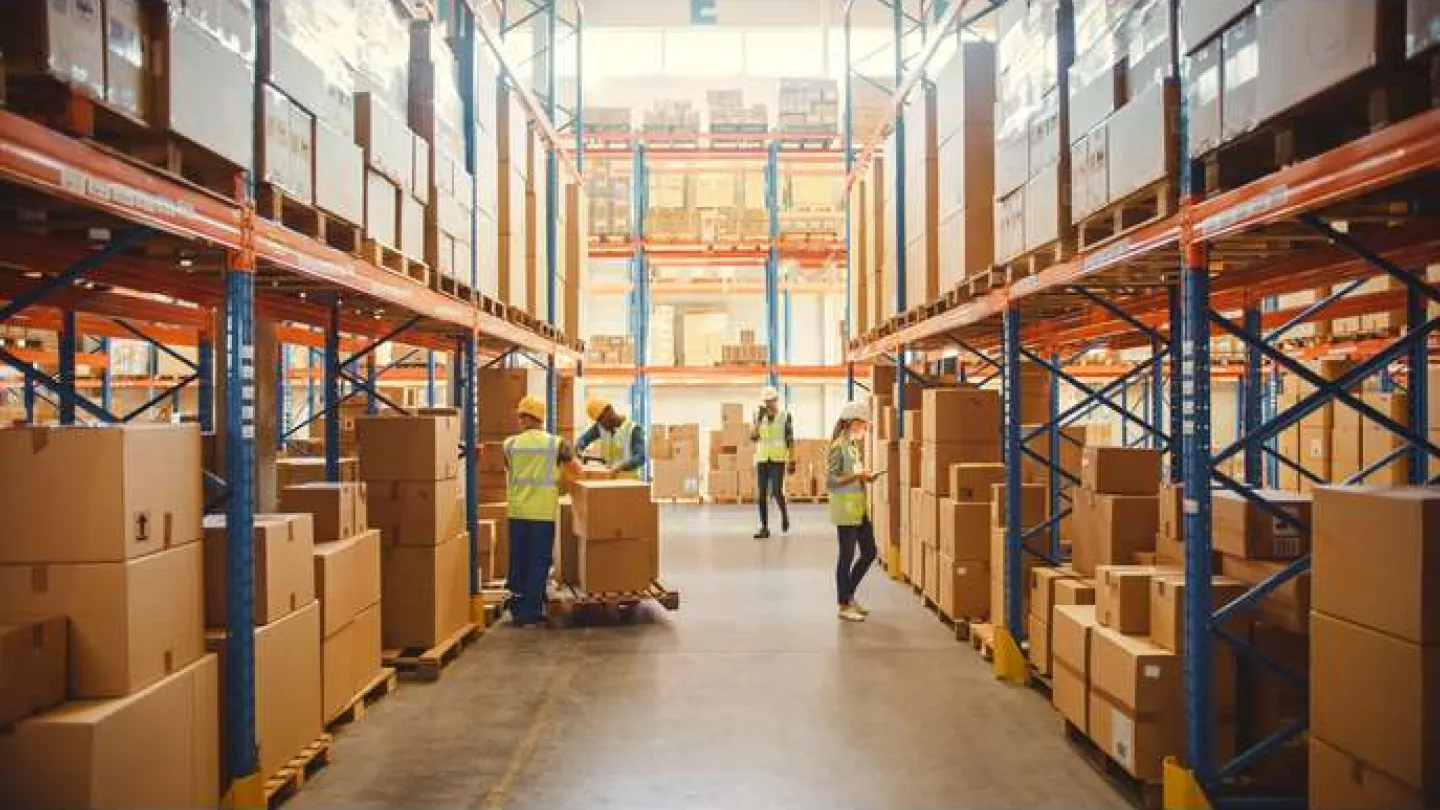
8. NTEP Certification
NTEP, known as the National Type Evaluation Program, is a certification developed by the National Conference on Weights and Measures (NCWM). The NTEP certification confirms that the weight is measured and dimensions are captured according to commercial standards.
When investing in a parcel dimensioner, ensure that the equipment is NTEP-certified. This will ensure that the weight measurements and dimensions provided by the parcel dimensioner are accurate and reliable.
You can check if a vendor is NTEP certified by searching the NTEP database. The link is below: NTEP Certificates of Conformance Database.
Conclusion
Installing a parcel dimensioner is an excellent decision to improve the efficiency of your warehouse and reduce errors. To choose the right parcel dimensioner for your warehouse, you’ll need to consider the type of parcel you plan to measure and the information you wish to collect from it. Also, consider the dimensioning range, accuracy, processing speed, ability to integrate with your existing system, NTEP certification, and installation location to achieve maximum efficiency.
If you are also processing pallets, read our article on how to optimize & automate the pallet dimensioning process.
For more information about warehouse technologies and optimizing other warehouse processes, follow us on LinkedIn, YouTube, X, or Facebook. If you have other inquiries or suggestions, please contact us here. We’ll be happy to hear from you.
